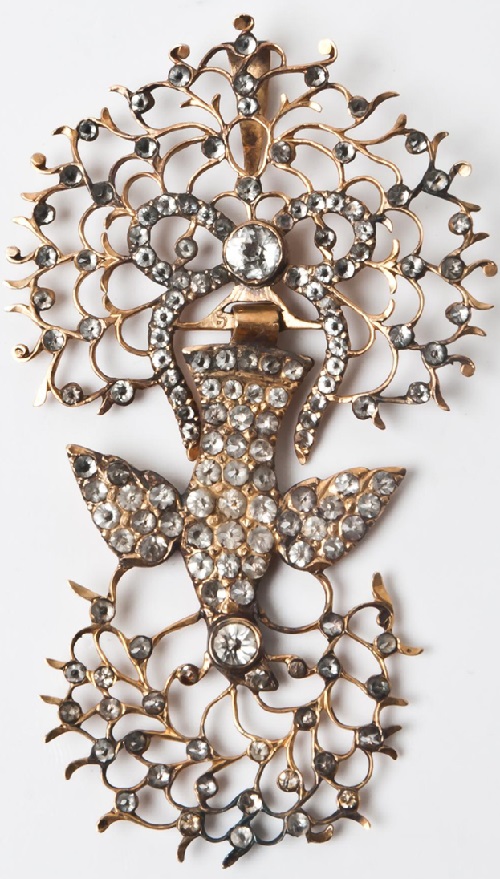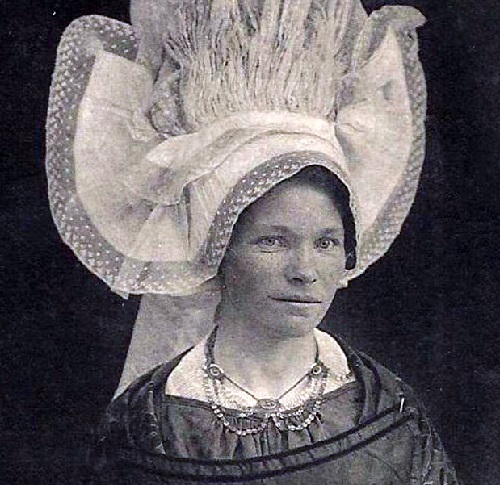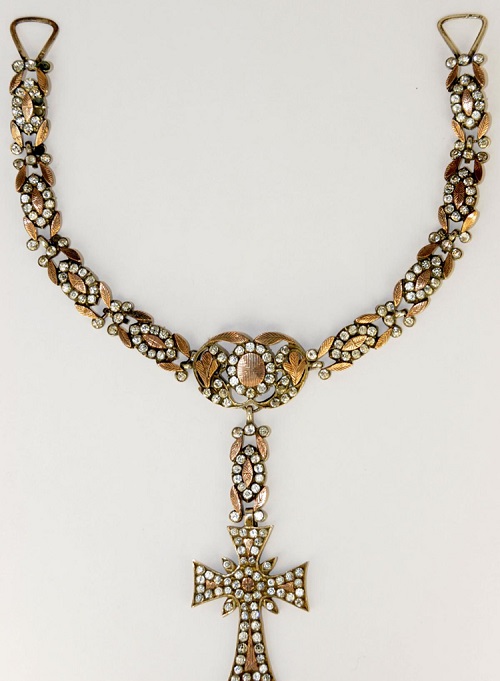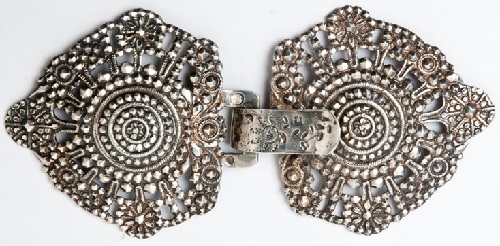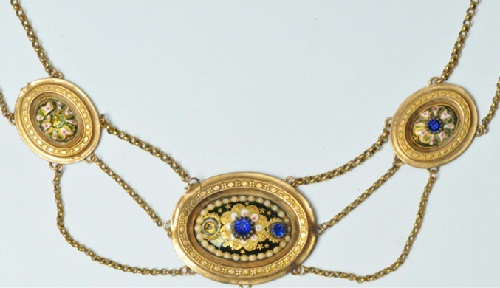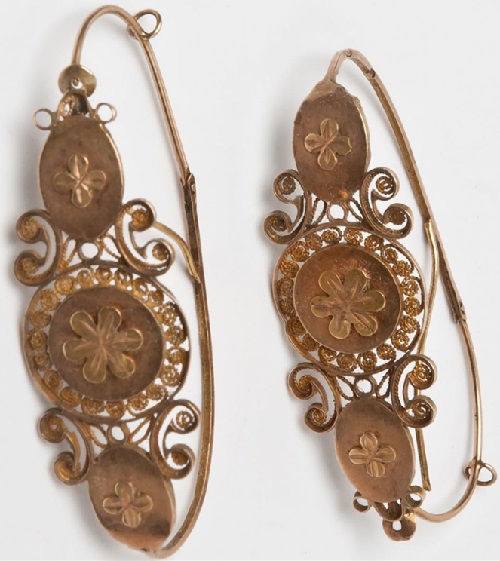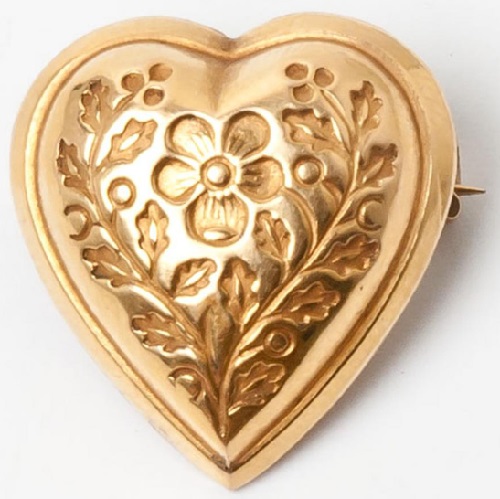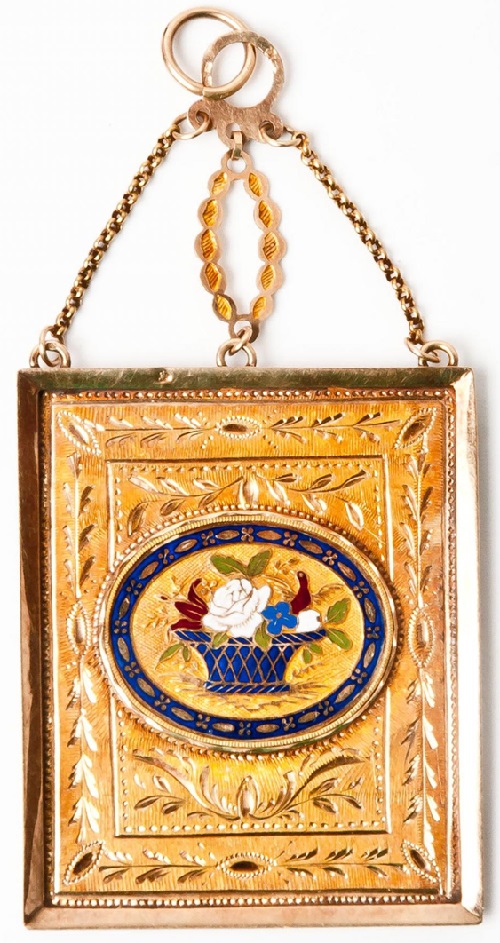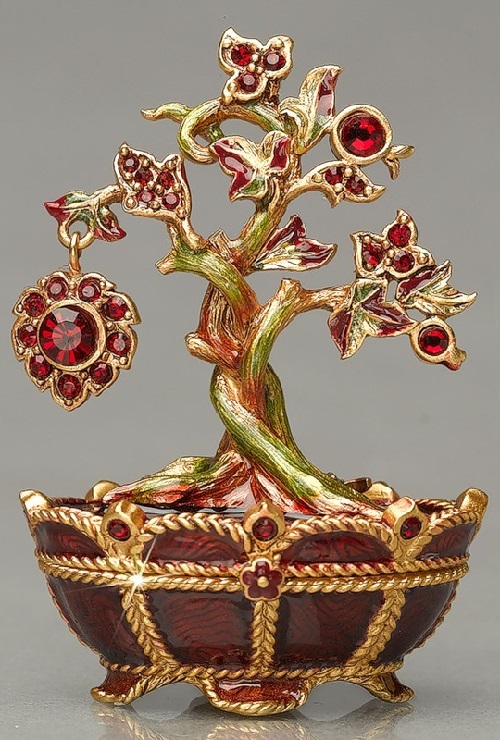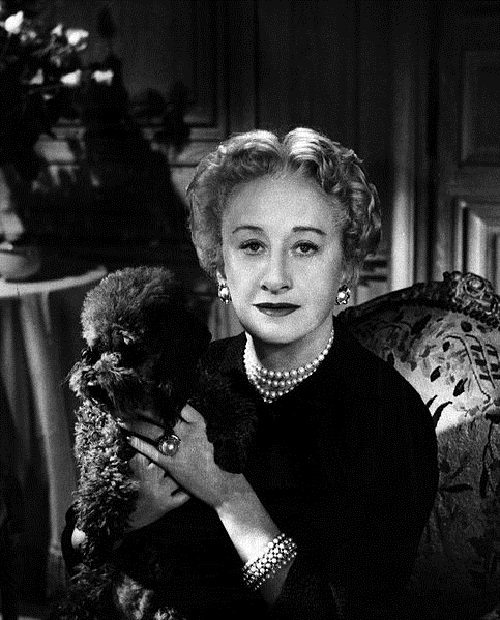Unique and beautiful Norman jewelry
Norman jewelry
In Normandy, the design of the suspension included a dove flying to the ground with an olive branch in its claws. Less commonly, a bunch of grapes in its beak. Sometimes you can see the suspension, on which other, smaller birds eat up olives or grapes of this dove. Typically, these pendants were made of silver with rhinestones, less gold. Were initially fairly simple with a few crystals, but quickly turned into a complex product, with more than a hundred crystals.
Collier d’Esclavage. Interestingly, in the literal sense, the French phrase Collier d’Esclavage should be translated as “slave collar.” In a figurative sense this is an elegant gold chain jewelry, worn by wealthy Frenchmen in the 19th century. Initially decorations were simple enough, but as a result of growing prosperity of the Normans, jewelers work became more complicated and sophisticated. And making Collier d’Esclavage became more accurate and delicate too. First necklace was simple horsehair plait with a small gold buckle. Gradually flat clasp was getting bigger, stronger, and was decorated, often used enamel with pansies motives.
Horsehair plait gradually turned into a gold chain, and when the fasteners became a little more decorative, they were worn on the front side. Since clasp grew larger, it became necessary to prevent its rotation during wear. Thus appeared the idea of solder on each side of the zipper two additional chains connecting again in one.
French writer Jules Barbey (d’Aurevilly) writes in his book “L’ensorcelee”, published in 1850: “… Esclavage is precious jewelry, two bracelets connected with small chain … ”
Jewelry clasp
There is a theory to help to understand the relationship between the expensive necklace and slavery: slaves were transported in two “bracelets” with a short chain between them. Of course, there is a perception that the figurative meaning arises from society views on the situation, in which was a woman, after marriage. But the women of that time would hardly agree with this interpretation of the name of one of the most favorite ornaments.
Lonely clasp was soon replaced by three, or even five fasteners in a row, connected between each other with sections of several chains.
It is believed that the idea of making on the front section additional chains or additional plaques belongs to a lady, who offered to celebrate the appearance of each new baby with an additional chain.
The Norman jewelers often collected necklaces using enameled plaques of Bourg-en-Bresse, as well as the fashion chains, brought from Paris. The peak of popularity of this jewelry took place in 1830-1840-s, after which it was slowly going out of fashion.
Poissardes. Earrings in Normandy for a long time no one wore. Since all wore caps earrings were still not visible. Once the form of caps has allowed gentlemen to see ears, ladies gave preference to elongated earrings or stud earrings, or earrings with a castle in the form of a movable bracket. The latter had one advantage – the suspension could be attached or removed, depending on the circumstances.
Necklace Yvetot. Necklace, named in honor of the land Yvetot, usually staffed with a cross and a suspension. They can be changed depending on their plans. Through the loop was threaded velvet ribbon which was knotted behind. This made cross cheaper, lighter, more comfortable and probably supported the form of dress collar.
When the fashion for these necklaces passed, many holders disassembled them into components and left only cross to be worn with modest chains. For this reason to meet Yvetot necklace today is hard enough. And they were popular in the surrounding regions of Rouen somewhere in 1840-1850-ies.
Agrafe de capot. These silver clasps were used in Normandy for capes called “capot”. Their form is always characterized – two circles, stylized rivets surrounded by blossoming flowers. Some are quite thin and light – the result of punching, and other – heavy, usually vintage – casting.
Norman jewelry
source – ochendaje.livejournal.com
